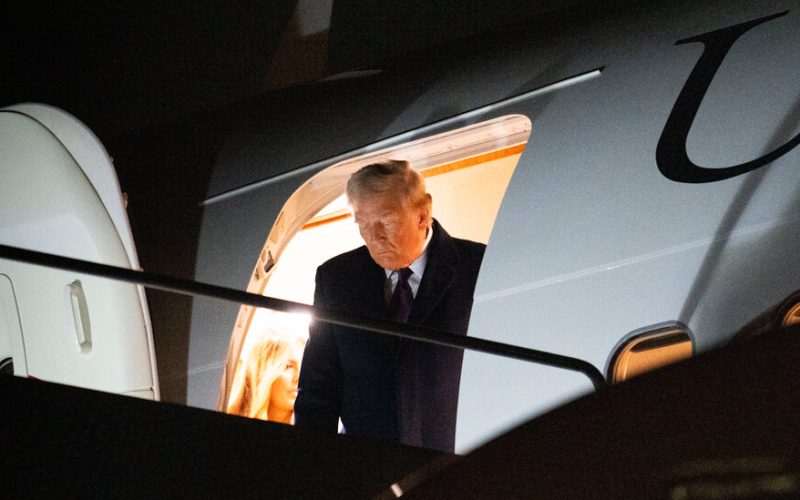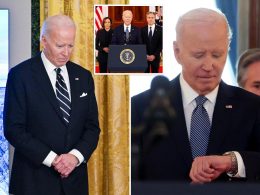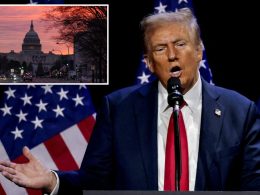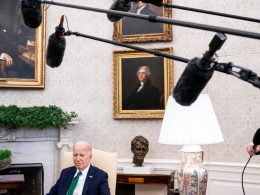President Trump on Monday signed an executive order suspending refugee resettlement in the United States, picking up where he left off in his first term with his efforts to kill a program that offers safe harbor to people around the world facing threats and persecution.
He has long railed against refugees, claiming that the program floods the country with undesirable people and allows terrorists and other dangerous people into the United States.
“The United States lacks the ability to absorb large numbers of migrants, and in particular, refugees, into its communities in a manner that does not compromise the availability of resources for Americans, that protects their safety and security, and that ensures the appropriate assimilation of refugees,” the executive order reads.
During his first term, Mr. Trump broke down the U.S. refugee apparatus, decimating a system that had bipartisan support and had been largely untouched for years as he slashed the number of refugees admitted to the country.
Here is what to know about the refugee program, and how Mr. Trump is changing it.
Trump has ordered a suspension of refugee admissions.
Mr. Trump’s order suspends refugee resettlement as of next Monday. The order directs top leaders in the Department of Homeland Security and the State Department to issue a report to him every 90 days thereafter to allow him to assess whether the refugee program “would be in the interests of the United States,” according to the order.
Refugees are already the most vetted people admitted to the U.S.
Foreign nationals seeking to resettle as refugees in the United States face a rigorous and extensive screening process that often lasts for years, which includes security and medical vetting; scrutiny of their families and those with whom they have associated; and interviews with American officials overseas.
Under the law, U.S. officials can reject anyone who the government “knows, or has reasonable ground to believe” will or could commit a terrorist act. But they also have discretion to deny individuals based on mere suspicions.
During his first term in office, Mr. Trump put in place even stricter checks for refugees from 11 countries it deemed “high risk.”
The president has broad latitude to dictate how many refugees are admitted.
Presidents have the power to single-handedly determine the number of refugees allowed into the country. Every year, the president, in consultation with Congress, sets a numerical cap for refugee admissions that year.
Since the refugee program began in earnest in 1980, the annual cap has been high, regardless of the party holding the White House. For example, in his final year as president, George W. Bush admitted around 60,000 refugees in 2008 after setting a cap of 80,000.
Trump slashed the refugee program during his first term.
When he first took office in 2017, Mr. Trump initially paused the refugee program. Then, he used the annual cap to sharply cut the number of refugees allowed into the country. By the end of his administration, he proposed capping the number of refugees at 15,000, the lowest number in the more than 40-year history of the program.
The cuts all but destroyed refugee resettlement in the United States. The network of organizations that support refugees when they first enter the country shrank because they had so many fewer people to serve. The number of government officials assigned to the program also slimmed during those years, to 107 from 170.
In 2020, the last year of Mr. Trump’s first term, just over 11,000 refugees were admitted into the United States — a precipitous drop from the more than 80,000 that were admitted in the year before he took office.
Biden rebuilt the refugee system.
President Joseph R. Biden Jr. slowly restored the refugee resettlement operation during his four years in office, hiring more officers and prompting the opening of offices across the country to serve them. Around 150 offices opened as of last year.
By 2024, the United States had allowed more than 100,000 refugees to enter the country, the highest total in three decades.
That number will almost assuredly drop in 2025.








